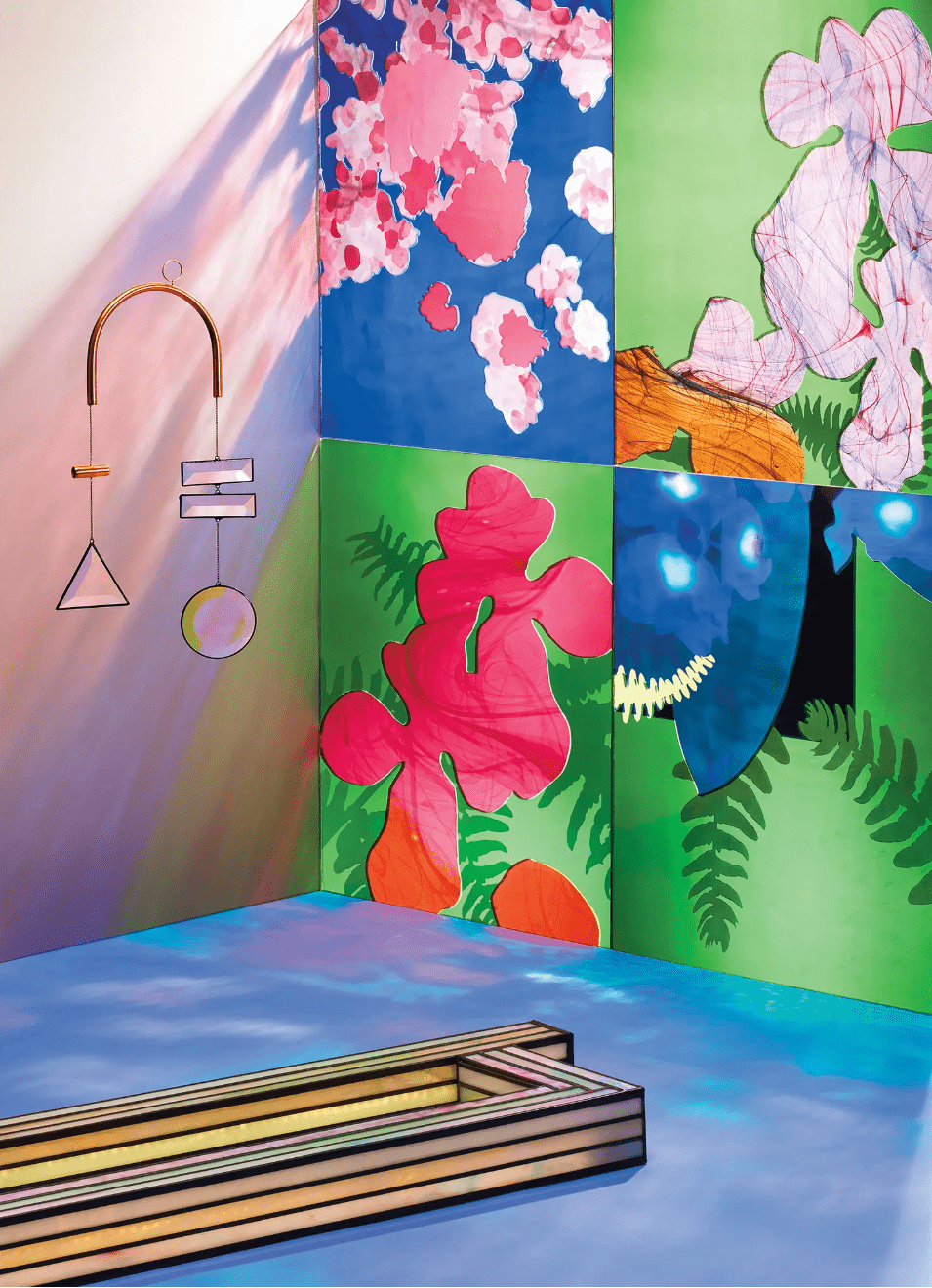Published Aug. 26, 2019
“It was the 19th-century designer-cum-social-activist William Morris who first brought stained glass back from the dead. Dismayed by the mass production of the Industrial Revolution, he intended his Arts and Crafts movement to encourage a return to traditional techniques and materials. Stained glass — made then and now with sand, potash (mined potassium salts) and metallic oxides for color, heated to 3,000 degrees to create sheets, then sliced into shapes and soldered together with lead, zinc, copper or iron — was primed for resurrection. Though ubiquitous in churches since the High Middle Ages, when stained-glass windows taught the congregation Bible stories through imagery, it waned with the rise of unadorned Protestantism in the late 17th century. Morris made panes fashionable in the houses of the Victorian era, in shades of aquamarine, Kelly green and tangerine, to filter whatever sun could be found — a literal and figurative embodiment of enlightenment and, too, a canvas for his medieval motifs.”



